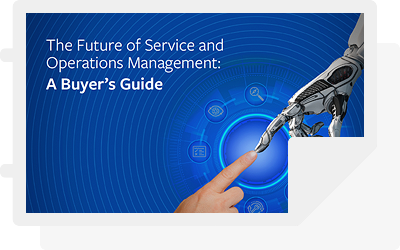Against a backdrop of an unprecedented global crisis, C-level executives are adding one more worry to the list: guiding their organization to the next normal. No amount of “what if” scenarios and stress tests could have prepared us for the shutdown of the global economy, and there is no map to guide us as we restart the engines. In this series, we’ll take a look at what digital leaders should consider as they navigate the scale, pace and actions required to steer their org back on the path of operational success.
Even before the pandemic, CIOs only knew a life of rapid demands and changes. The velocity of the modern digital economy demands a constant re-shifting of technology and process initiatives to ensure the enterprise uses technology to compete and in innovative ways to grow. During the world’s greatest stress test, many organizations recognized the most essential of workers who helped them pivot seemingly overnight: IT staff.
As we get back to the business of returning to the offce, CIOs will be tackling significant questions:
- What did we do well and is it enough for the next crisis?
- What weaknesses were exposed in our business continuity and operational plans?
- What lessons did we learn the hard way with galvanizing our infrastructure?
- Who demonstrated better practices that we could learn from?
Other questions for key processes as CIOs re-calibrate planning and strategies:
Remote Working
- Capabilities: what portions of the infrastructure do we need to shed?
- Resiliency: what additional scenarios could drastically impact our people?
- Governance: were we prepared to secure and privative new environments?
Adaptive Capacity for Cloud and Digital Channels
- Planning: were we able to scale services and demands to meet the needs of everyone?
- Automation: how do we get better at predicting and managing disruption earlier?
- Experience Management: did we react blindly or rationally adapt and how that did that impact the employee and customer experience?
- Allocation: were we able to meet demand and monitor usage effectively?
- Supply Chain: were we able to onboard other vendors quickly and securely?
Resource Optimization
- Cost Management: when costs fluctuated, did we react smartly?
- Productivity: where do we invest in our now changed business operations model, especially for the workforce to remain productive?
Lastly and maybe most importantly, key traits need to be rooted in the culture for people, process and technology to remain nimble: be experimental, be thoughtful, be agile and be swift. After all, our new normal is constant change.
To read more in this series:







